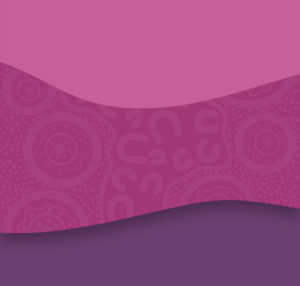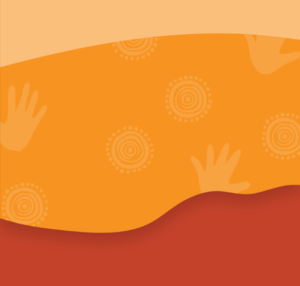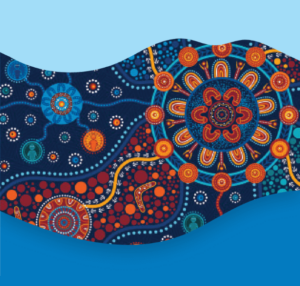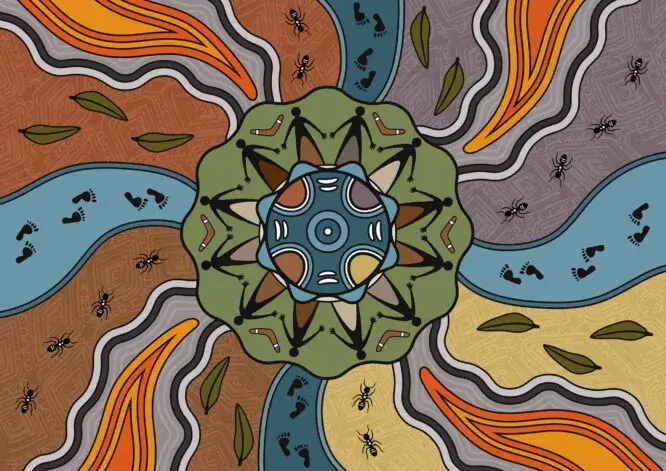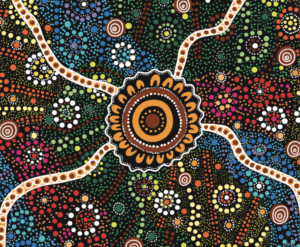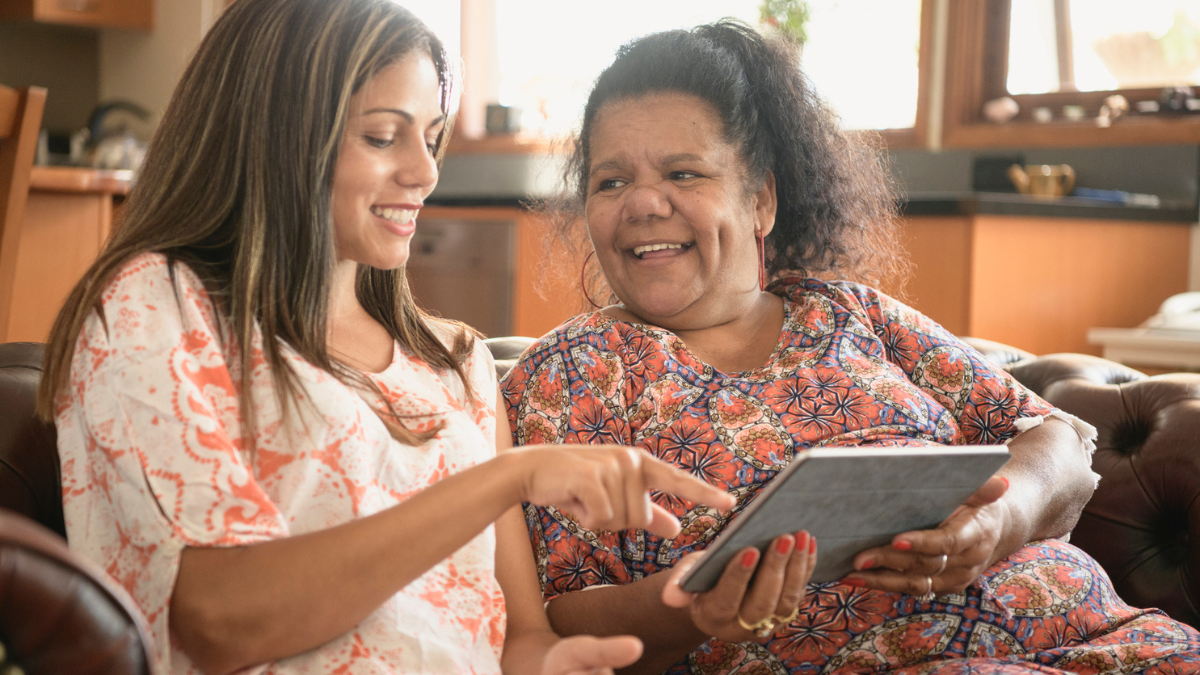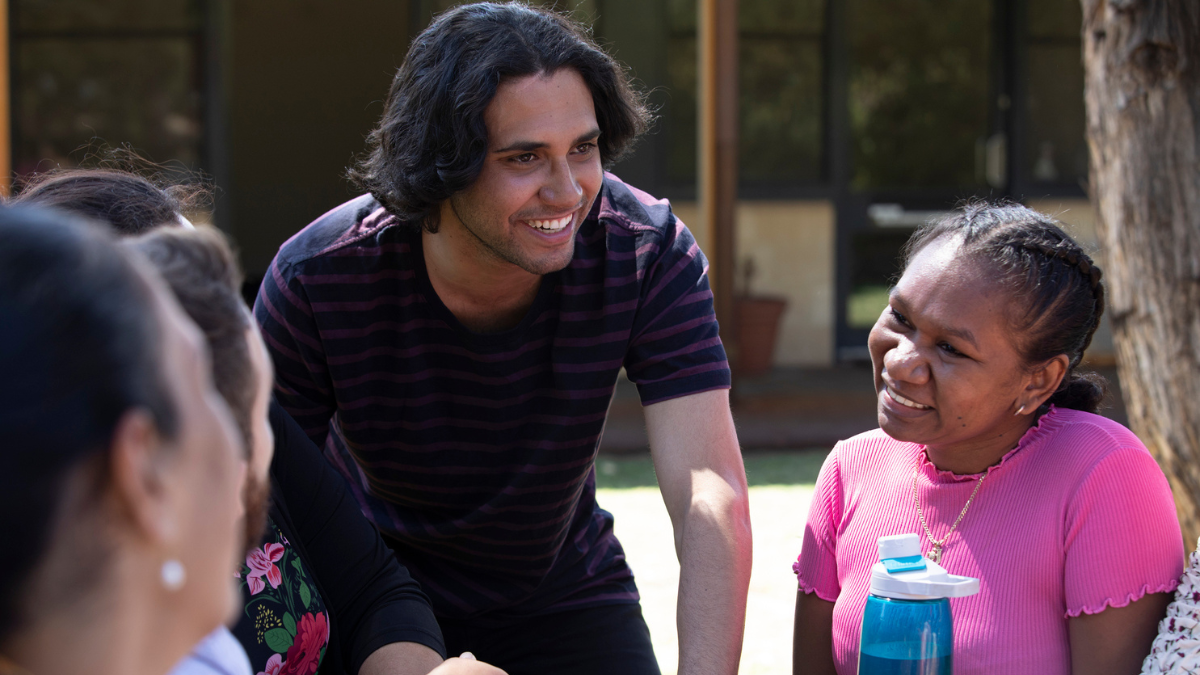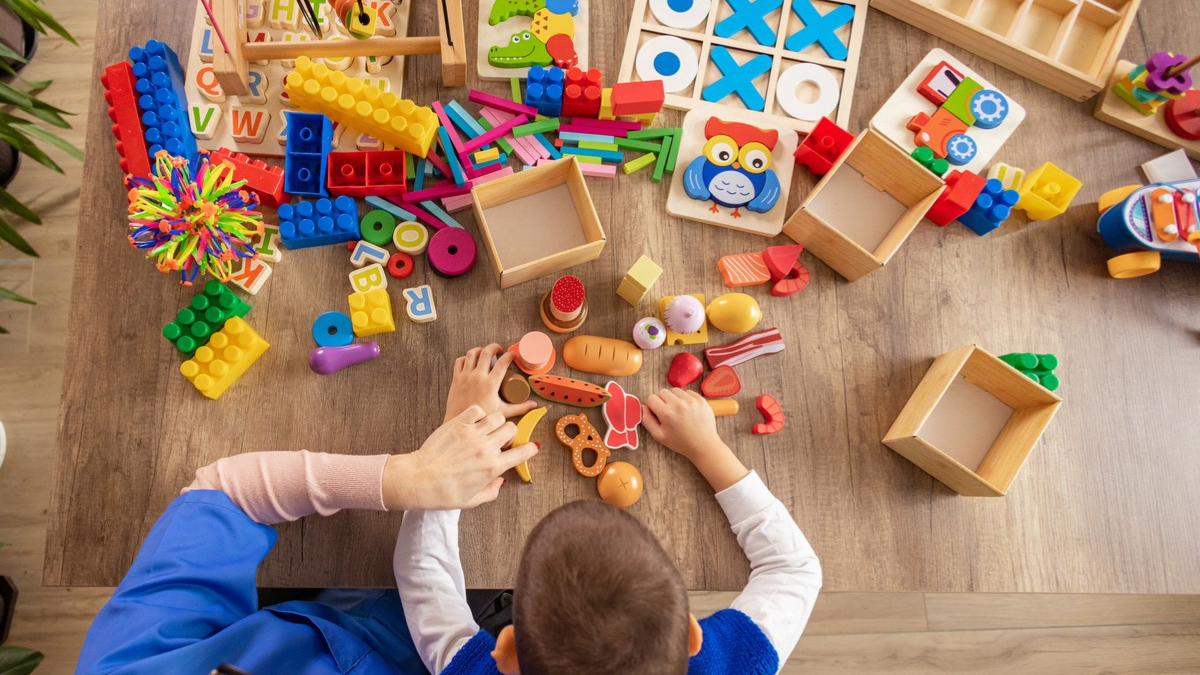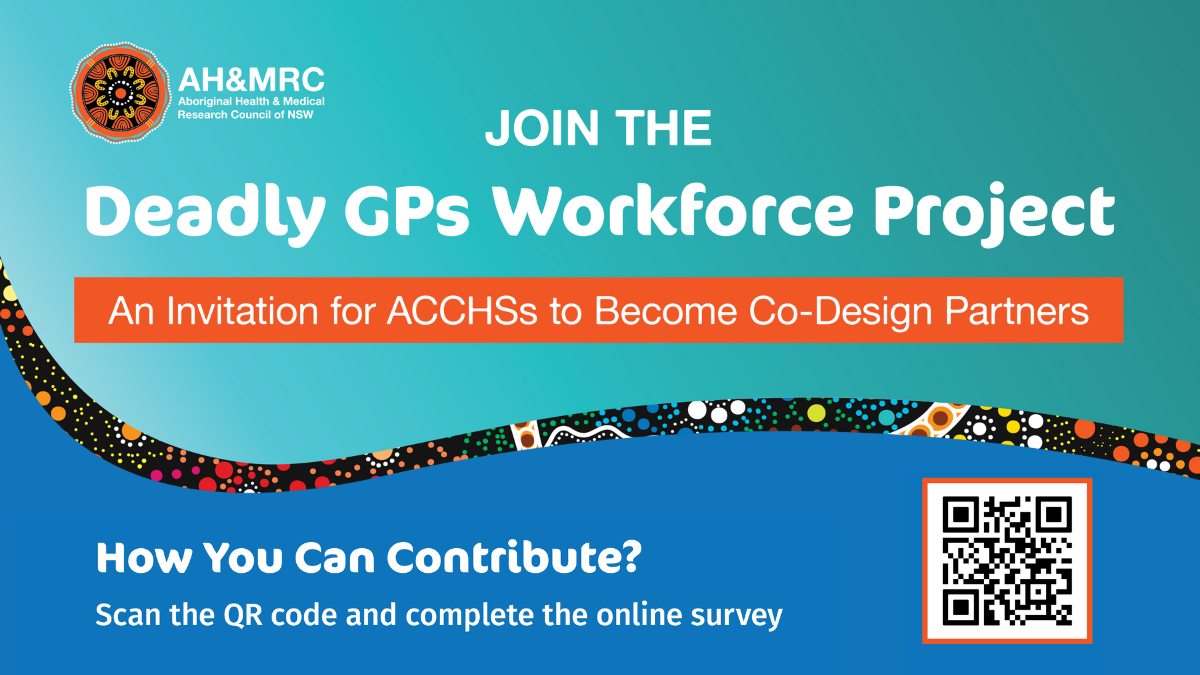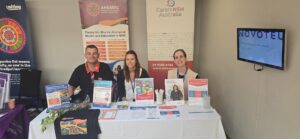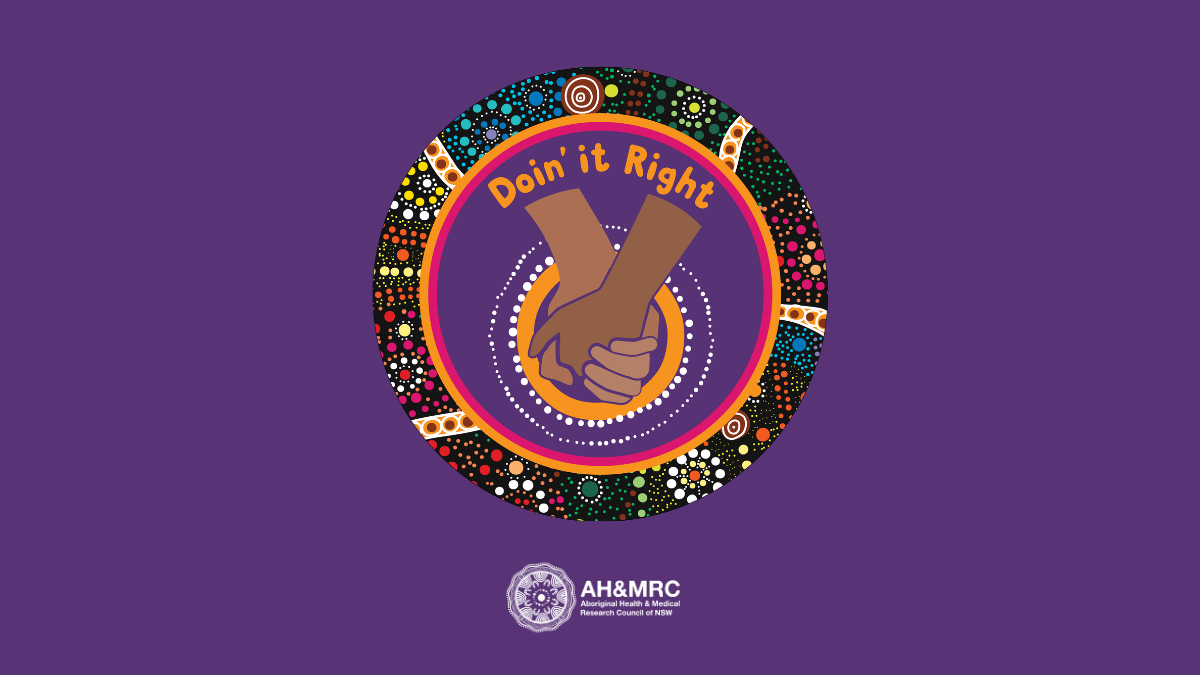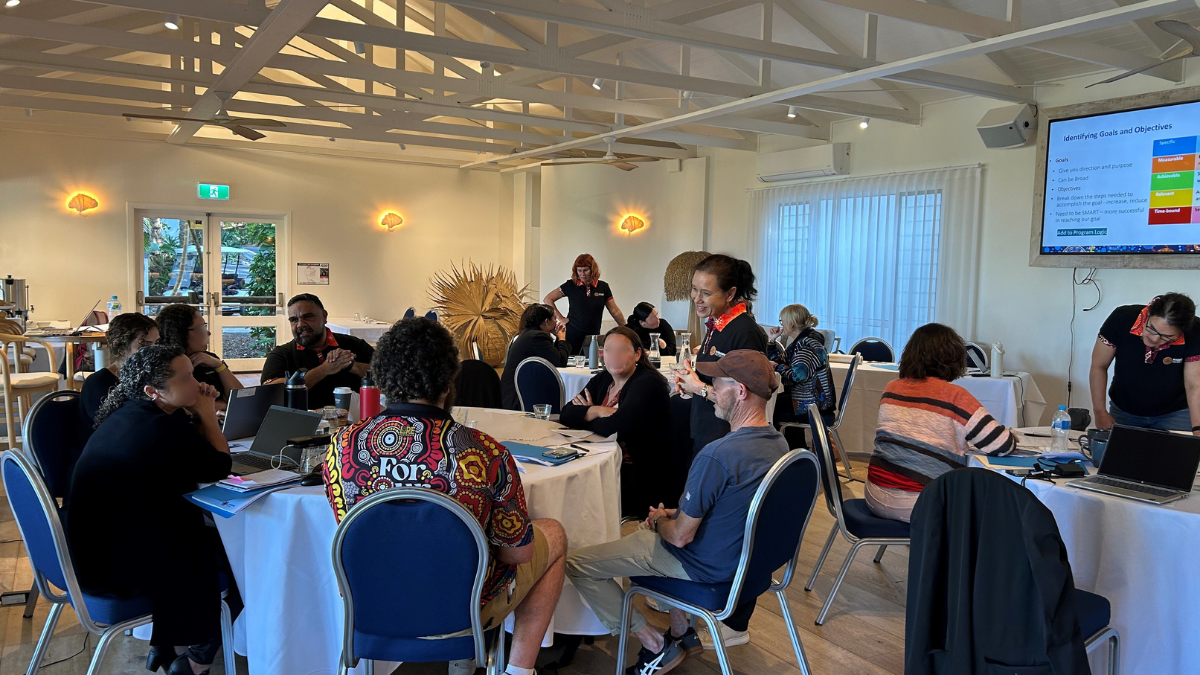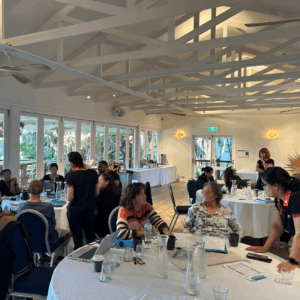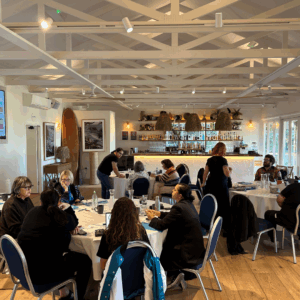The Network of Alcohol and other Drugs Agencies (NADA) is advertising an opportunity for community-managed mental health and alcohol and other drugs (AOD) organisations to explore new ideas and build knowledge through their 2025–2026 Innovation and Evaluation Grant, which aims to support innovative projects that strengthen practice across both the mental health and AOD sectors.
NADA is the peak organisation for non-government alcohol and other drugs services in NSW. Funding period: November 2025–November 2026, Amount: $20,000 (excluding GST), Applications close: 16 October 2025
Apply now: $20,000 innovation and evaluation grant – NADA
The Office of Responsible Gambling has launched the Our Mob, Our Media, Our Message – Gambling Harm Prevention Grants and need your help promoting this opportunity to your networks.
Up to $150,000 per grant is available to support Aboriginal, not-for-profit and community organisations to work with young Aboriginal people to create powerful, culturally relevant social media content that addresses gambling harm.
The grants are open for application from 8 September 2025 and will close on 20 October 2025.
Applications can be completed on the Office of Responsible Gambling grants and funding page.

